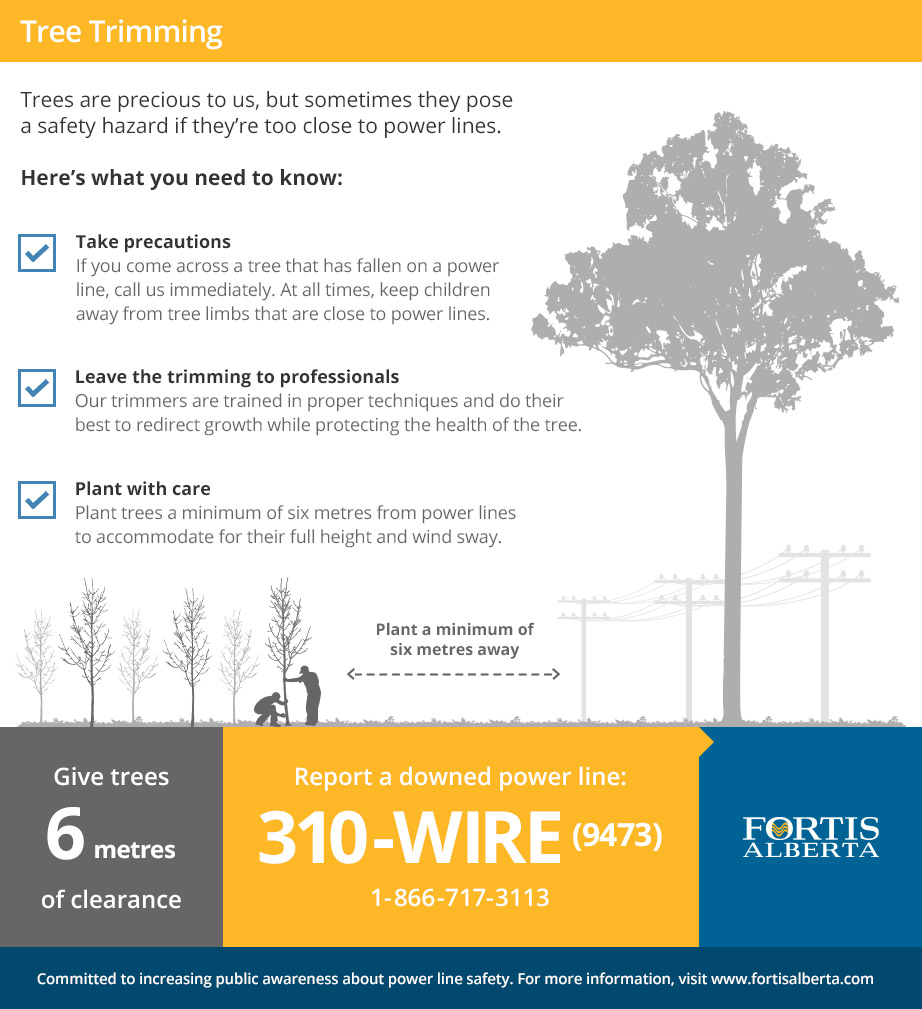Seasonal Tree Maintenance: Guidelines For Taking Care Of Trees Prior To And After They Are Eliminated
Seasonal Tree Maintenance: Guidelines For Taking Care Of Trees Prior To And After They Are Eliminated
Blog Article
Writer-
When it comes to seasonal tree treatment, guaranteeing proper monitoring prior to and after elimination can considerably affect the health and appearances of your landscape. By comprehending garden property management associated with examining tree health and getting ready for removal, you can proactively protect your home. However what about the vital practices to adhere to when the tree is gone? Stay tuned to find the important post-removal care steps that will certainly aid you grow a flourishing and sustainable atmosphere for your trees.
Pre-Removal Tree Treatment
Before resolving the elimination of a tree, it's critical to prioritize pre-removal tree treatment. Beginning by assessing the tree's wellness and architectural integrity. Seek signs of illness, pest problems, or any type of structural problems that may position a safety danger during elimination. It's essential to consult with a licensed arborist to establish the very best course of action.
Trimming dead or unhealthy branches can stop more damages to the tree and make sure a smoother elimination process.
Additionally, take into consideration the environmental influence of removing the tree. Trees play an essential role in our community, so planting a new tree in an appropriate location can help offset any kind of loss. Guarantee that you have the needed authorizations and approvals for tree removal, specifically if the tree is secured by neighborhood laws.
Seasonal Maintenance Tips
Assessing your tree's needs throughout the year is crucial for its health and wellness and durability. To keep your trees in top condition, adhere to these seasonal upkeep suggestions.
In spring, focus on trimming to remove dead or damaged branches and motivate new development.
Summertime calls for regular watering, especially throughout droughts, to guarantee your tree remains hydrated.
As mouse click the following web site , keep an eye out for very early signs of illness or anxiety, and consider using compost to safeguard the roots throughout winter months.
In wintertime, beware when getting rid of snow from branches to prevent damage, and continue to monitor your tree's overall wellness.
Keep in mind to adjust your care routine based on the particular needs of your tree varieties and regional environment. By remaining attentive and positive throughout the periods, you can assist your trees grow and thrive for years ahead.
Post-Removal Tree Treatment
To make certain the health of your landscape even after tree removal, correct post-removal treatment is crucial. After a tree is removed, it's crucial to fill up the staying opening with topsoil and compact it to stop settling. This will certainly help maintain the honesty of the ground and protect against prospective risks in the future.
Take into consideration growing brand-new plant life instead of the removed tree to recover the balance and looks of your landscape. Regularly water the area to advertise the growth of brand-new plants and avoid dirt erosion.
Check the bordering trees for any type of signs of illness or stress that may have been brought on by the removed tree. Keep an eye out for insects that may've been drawn in to the previous tree and take safety nets to shield the remaining greenery.
If required, seek advice from a specialist arborist to analyze the effect of the elimination on the bordering trees and determine any type of added care required. By adhering to these post-removal care steps, you can make certain the continued health and wellness and charm of your landscape.
Conclusion
To conclude, aggressive seasonal tree care is vital for maintaining the wellness and balance of your landscape. By examining tree health and wellness, trimming, and consulting with an arborist before removal, you can ensure a safe procedure. After removal, filling the hole, growing new vegetation, and regular watering will advertise new development and protect against erosion. Bear in mind to check surrounding trees for disease and look for further treatment actions from an arborist to keep your landscape thriving.
